Farm-to-Table Tourism: 13 Essential Experiences — 9 Countries Where You Can Eat and Stay on Working Farms
Farm-to-table tourism pairs two great travel pleasures: staying where food is grown and eating meals prepared from that very harvest. This piece highlights nine countries where working farms welcome guests and adds four practical planning sections so you have everything needed to book with confidence. Expect a mix of family-run agritourismo, volunteer exchanges, ryokan-style farm stays, and working stations where chores are part of the experience. Each country entry explains what kinds of farms you’ll find, signature food experiences, how stays are usually arranged, and when to visit for the best harvests. The extra sections cover seasonality, booking tips, what to pack, and cost differences between volunteer and paid stays. Where specific farms or programs were named in reputable sources, I call those out; where broader trends apply I note planning considerations that matter for North American travelers. Use this guide as a starting point: confirm schedules, meals, and any physical demands with hosts before you book. Farm stays range from rustic homestays with family dinners to organized educational retreats that teach cheese-making or rice planting. If you want to trade hands-on work for hearty meals and close-up context on how food arrives on your plate, a farm-to-table stay is one of the best ways to learn while traveling.
1. Japan — Wasabi, Rice, and Rural Homestays

Japan offers a wide variety of farm-to-table options that mix traditional hospitality with hands-on agriculture. In regions near Tokyo, Okutama’s wasabi farms welcome small groups to learn about wasabi cultivation and taste freshly grated root—a different experience from commercially prepared horseradish pastes found abroad. Rural prefectures like Mie and parts of Tohoku host farm stays where guests join seasonal tasks such as rice planting, rice harvest, and fruit picking. Many stays pair a farm visit with a night at a minshuku or countryside ryokan, where meals feature produce from the host’s fields and local artisans’ pantry items. Booking often runs through regional tourism offices or specialty tour operators that list farm-program schedules and transport options. For North American travelers, expect polite guest-host routines and an emphasis on punctuality for shared meals. The best times to visit depend on the activity: spring for planting and blossoms, late summer to autumn for harvests and fruit picking. Confirm language support if you need help with translation, and ask hosts about any hands-on expectations so you arrive prepared for the day’s work and the evening’s farm-fresh meal.
2. Indonesia — Bali, Lombok and Community-Based Farm Tours

Indonesia’s tourism regions—especially Bali and Lombok—blend hospitality with smallholder agriculture tied to hotels and restaurants. Academic research shows local farms increasingly supply HORECA businesses, creating opportunities for travelers to visit production sites and taste dishes prepared with fresh, local ingredients. Farm visits vary from rice-terrace walks and spice-plantation tours to organic vegetable plots that deliver directly to nearby restaurants. Community-based initiatives often pair demonstrations with hands-on sessions, such as traditional cooking using locally grown spices. While some farms offer paid experiential tours, volunteer-style programs also exist; they may include accommodation in eco-lodges and involve routine tasks. Keep in mind local governance and value-chain challenges influence how organized a farm visit will be. For planning, prioritize established operators or lodges with clear schedules and reviews. Travel during the dry season usually makes farm access easier; monsoon months can restrict activities. Ask hosts whether the farm supports terrace work and whether meals served are wholly sourced on-site to ensure an authentic farm-to-table experience.
3. Costa Rica — Volunteer Eco-Farms and Off-Grid Stays

Costa Rica has a strong voluntourism and eco-lodge scene where staying on a working farm often includes meaningful conservation or agricultural tasks. Sites near the Arenal region combine off-grid living, communal kitchens, and organic gardening with opportunities to learn about tropical fruit, permaculture, and local biodiversity. Work-exchange programs typically offset accommodation costs and meals in return for daily tasks that might include garden maintenance, seed propagation, or guest support. Personal accounts emphasize communal life and cultural exchange as central benefits, especially when stays last several weeks. If you prefer a shorter visit, look for eco-lodges that offer day experiences plus farm-to-table dinners featuring local coffee and produce. Always check safety, access to medical care, and the program’s approach to labor—ethical volunteer programs are transparent about hours and living conditions. Visit during the dry season for easier travel between farms and town services, and verify what meals are included before you commit.
4. Italy — Classic Agriturismo and Hands-On Cooking
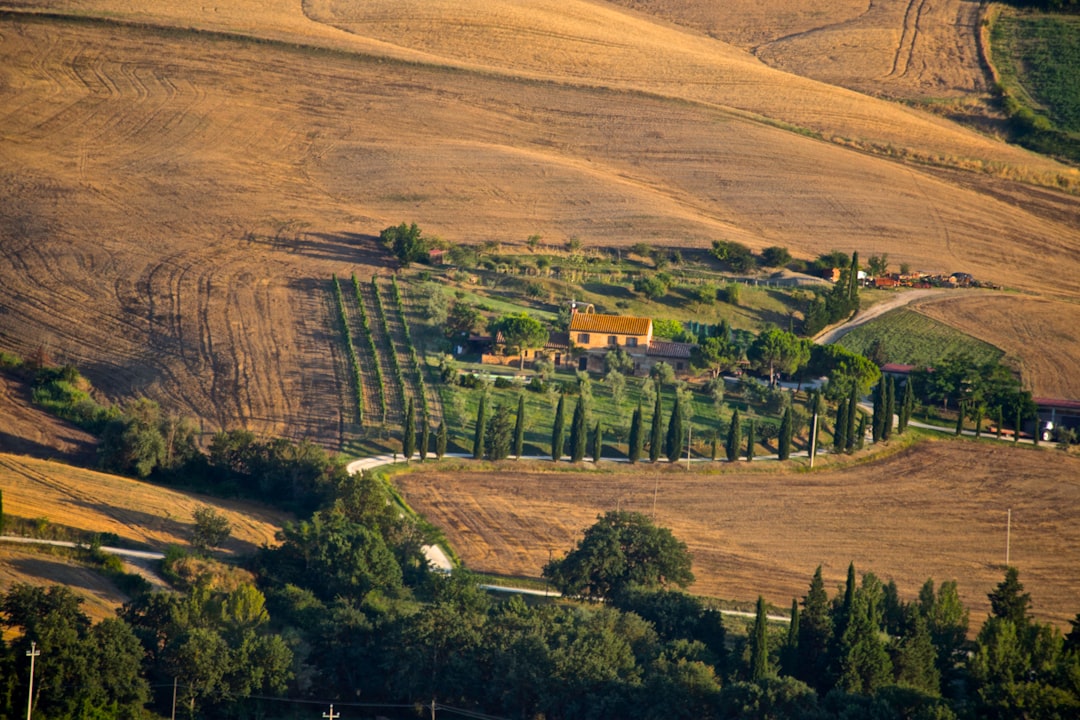
Italy remains a model for agriturismo where family farms invite guests to live on-site while enjoying meals made from the day’s harvest. Regions such as Tuscany, Umbria, and Puglia offer lodgings that range from simple guest rooms to restored farmhouses with cooking classes. Educational farms like Spannocchia near Siena run programs that combine lodging with hands-on experiences—olive harvesting, cheese-making, and long family-style dinners centered on seasonal produce. Reservations are commonly made directly through farm websites, agriturismo directories, or regional tourism offices; some farms require advance booking for harvest activities. Travelers should plan around harvest calendars: olive and grape harvests in autumn and truffle season in late autumn attract food-focused travelers. Agriturismo meals tend to be generous, with hosts proudly explaining ingredient provenance. For North American visitors who expect a mix of comfort and authenticity, agriturismo strikes a good balance between home-cooked food and organized farm education.
5. France — Organic Farm B&Bs and Market-to-Table Dinners

France offers many small organic farms that host guests and curate market-driven dinners featuring local cheeses, vegetables, and charcuterie. In regions near Montpellier and Provence, stay options include farm B&Bs where owners prepare dinners drawn from their vegetable gardens and pantry staples. These stays often emphasize slow-food values and seasonal menus complemented by local wines. Some properties double as educational sites with workshops on beekeeping, goat cheese production, or heirloom vegetable cultivation. Booking channels include regional tourism boards and vetted farm networks; look for references to organic certification or long-term local partnerships if sustainability matters to you. Visiting during late spring and summer highlights garden abundance, while autumn offers harvest festivals and cellar-tasting opportunities. For travelers coming from North America, expect casual but attentive hospitality and clarity about meal times and shared spaces to ensure a smooth stay.
6. Portugal — Alentejo Farmhouses and Farm Kitchens
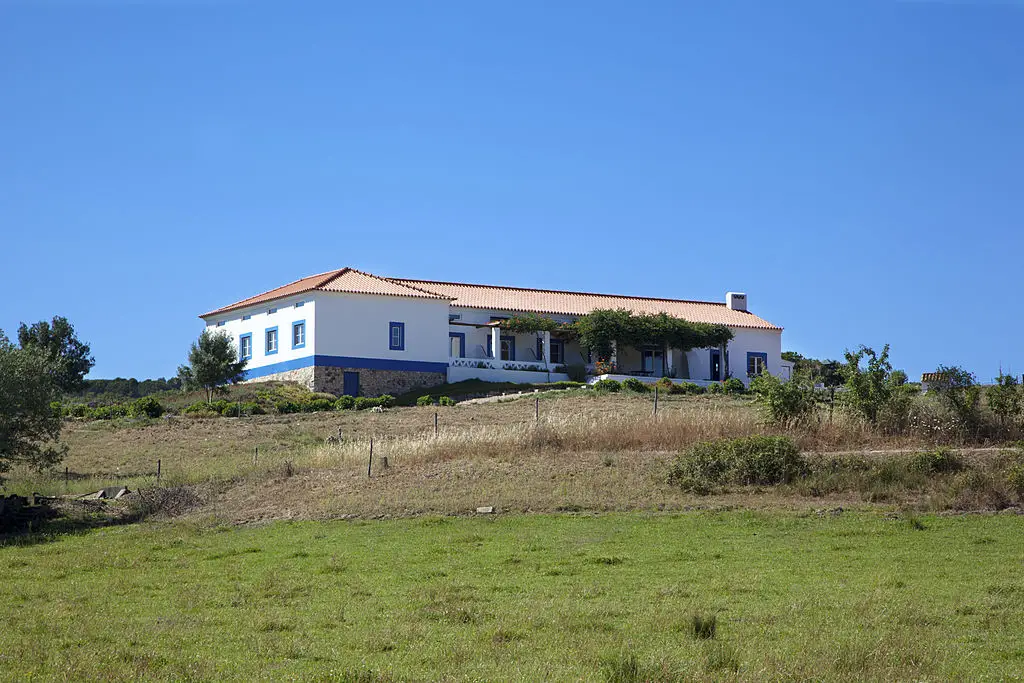
Portugal’s Alentejo region is known for wide-open landscapes, olive groves, and farmhouse stays that bring visitors close to producers of olive oil, cheese, and cured meats. Properties range from converted farmhouses offering rustic comfort to larger rural estates that host cooking demonstrations and tasting menus. Craveiral Farmhouse in Alentejo is one example of a property that pairs meals with locally sourced ingredients and culinary activities. Off-season visits can be quieter and more economical, while spring and autumn present optimal weather for outdoor harvests and market visits. Book through verified property sites or recommended regional portals, and check whether hosts offer guided visits to working areas where lawn and field work continue around the clock. Portuguese hosts often welcome guests who ask about food origins and preparation, so bring curiosity and a readiness to sample regional specialties over leisurely meals.
7. New Zealand — Sheep Stations and Garden-to-Table Stays

New Zealand’s farm-stay tradition includes family-run sheep stations and mixed farms that welcome visitors to experience rural life and sample garden-to-table fare. Many farms offer tours demonstrating shearing, animal care, and pasture management, paired with meals that showcase lamb and seasonal produce. Regional tourism boards and farmstay networks list properties with clear activity descriptions and guest expectations. Travelers visiting during spring and summer will catch lambing season and garden abundance, while autumn offers harvest-related events and food festivals. Logistically, rural access can require driving long distances, so plan transport in advance and confirm whether hosts provide airport transfers. New Zealand farm stays appeal to travelers who appreciate outdoor tasks, fresh dairy and meat, and hosts eager to share practical knowledge about land stewardship and food production.
8. Australia — Station Stays and Farm Immersions

Australia’s scale allows for station stays—large grazing properties—and smaller mixed farms that host guests for short stays or extended programs. Station stays often include guided tours of the property, demonstrations of cattle or sheep handling, and substantial meals that reflect local produce and barbecue traditions. In agricultural regions, boutique farms offer garden-to-table dinners and workshops on heritage crops and sustainable practices. Note trade-offs: some station stays lean into remote isolation for atmosphere, while smaller farms offer closer interactions with daily routines. Booking commonly occurs via national farmstay directories and established tourism operators; confirm road conditions and travel time to the nearest town. Seasonal timing matters: spring and early summer are busy with animal births and field work, while winter months can be quieter but still rewarding for indoor culinary activities or slow-food dinners on the homestead.
9. Ireland — Small-Scale Working Farms and Farmhouse Hospitality

Ireland’s small-scale dairy and mixed farms offer intimate stays where guests often join owners for breakfast made from on-site dairy, homemade breads, and preserves. Many farmhouses participate in national farmstay associations that ensure clear guest expectations and vetted hospitality standards. Activities can include market visits, foraging walks, and demonstrations of butter or cheese making. Seasonal agricultural shows and county fairs provide additional local context and food-focused events for visitors. Booking through association sites or regional tourism portals helps verify amenities and any hands-on opportunities. For North American travelers, Ireland’s short travel times between towns and farms make it easy to pair a farm stay with castle or coastal itineraries. Hosts typically welcome questions about ingredients and preparation, and they encourage guests to sample dishes that reflect traditional farming rhythms and local product cycles.
10. Seasonal Windows — When to Visit for Harvest, Flowers, and Work

Timing changes the farm-to-table experience: your itinerary should match the season for the activity you want. Spring often brings planting, lambing, and blossom festivals that showcase new growth and garden work. Summer is ideal for berry-picking and open-air kitchen dinners, while early autumn centers on grape and olive harvests, cider presses, and large communal meals centered on fresh produce. Late autumn and winter may focus more on indoor workshops like cheese-making and preserving, and some farms offer cozy hearth-cooked menus then. When planning, check the host’s calendar for specific harvest dates and festival schedules; these vary by region and can shift with weather. For North American travelers, align travel windows to avoid monsoon or extreme-weather months in tropical regions, and remember that peak harvest times can book quickly—reserve early if you want hands-on opportunities tied to a specific harvest.
11. How to Book Authentic Working Farm Stays
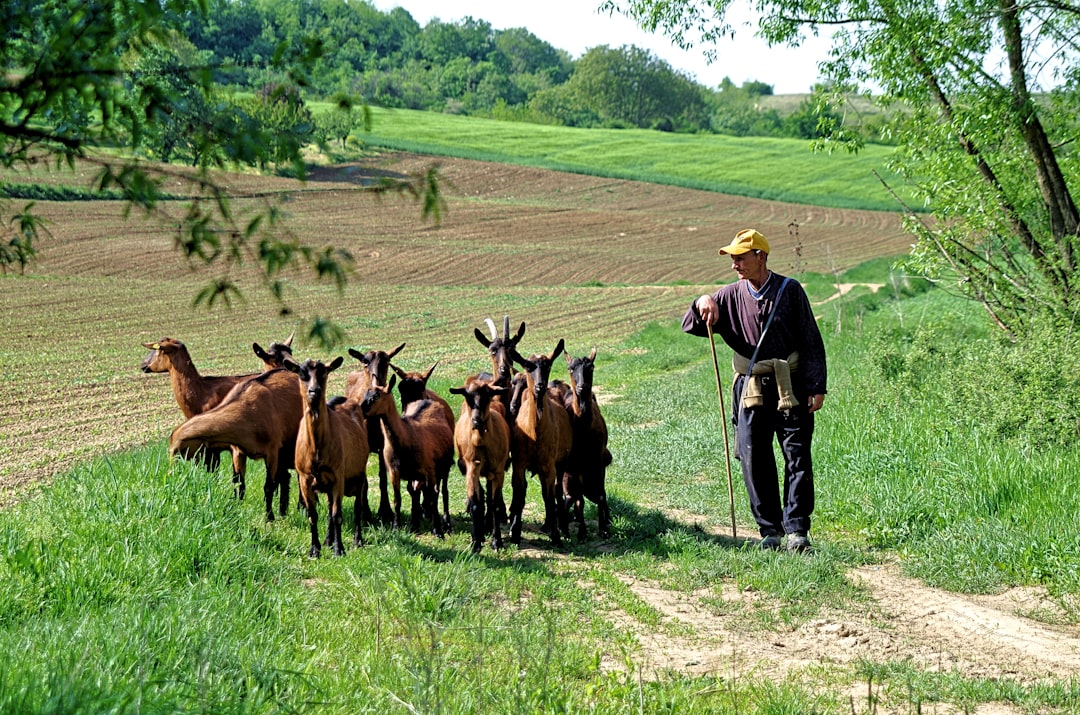
Find authentic farm stays through recognized farmstay networks, regional tourism boards, and vetted platforms that specialize in agritourism. Ask hosts clear questions before booking: Are meals included? Are guests expected to participate in chores? What physical abilities are required? Confirm language support, transport logistics, and the precise times for shared meals. Read recent reviews for evidence of consistent hospitality and accurate descriptions of activities. For volunteer exchanges, verify program transparency—hours, tasks, and what is provided in return should be explicit. When you find a property you like, book directly with the host where possible; direct booking often allows clearer communication about dietary needs and activity preferences. Keep copies of confirmations and contact details for local tourism offices in case plans change.
12. What to Pack and Farm Etiquette
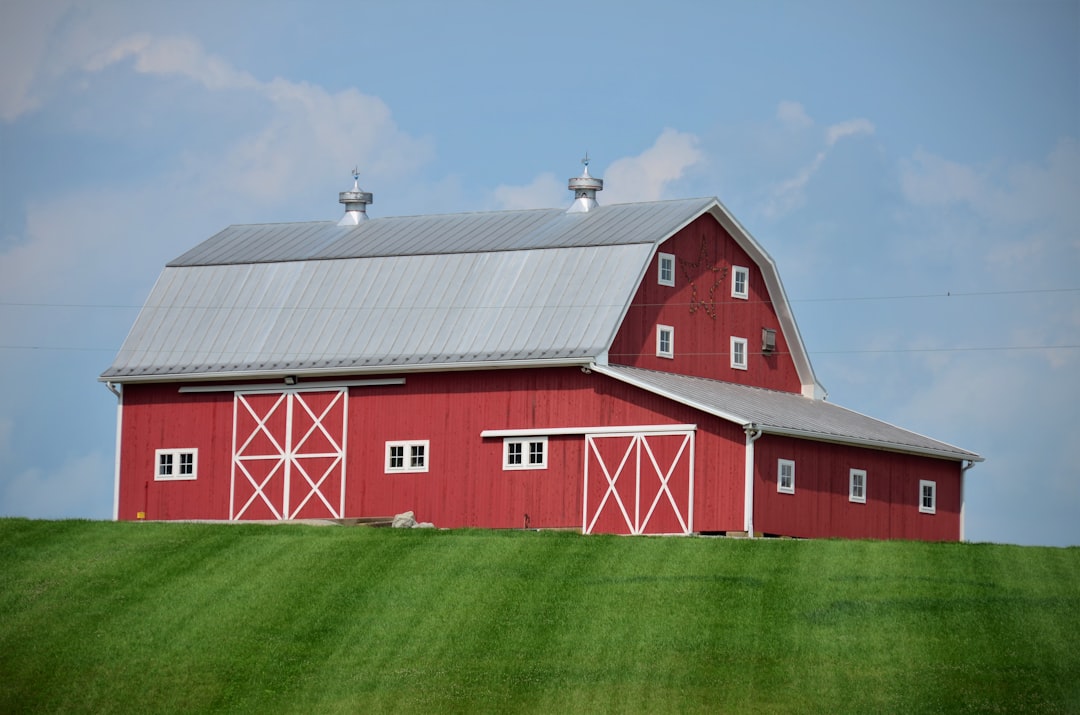
Packing smart ensures you are ready for work and meals on a working farm. Bring sturdy, closed-toe footwear and layers for variable weather. Include a waterproof jacket, quick-dry clothing, a sun hat, and gloves for light agricultural tasks. Pack modest clothing for family-style dinners and a small flashlight for rural properties with limited night lighting. Practice farm etiquette: ask before entering working areas, follow handwashing rules, and respect meal times and shared spaces. Keep noise levels considerate in the evenings, and offer to help with minor tasks if hosts invite you, but never assume participation is mandatory. If you have dietary restrictions, notify hosts ahead of time so they can plan meals. A small thank-you gift representing your home region is a thoughtful gesture that many hosts appreciate.
13. Costs & Types — Volunteer Exchanges vs. Paid Farm Stays
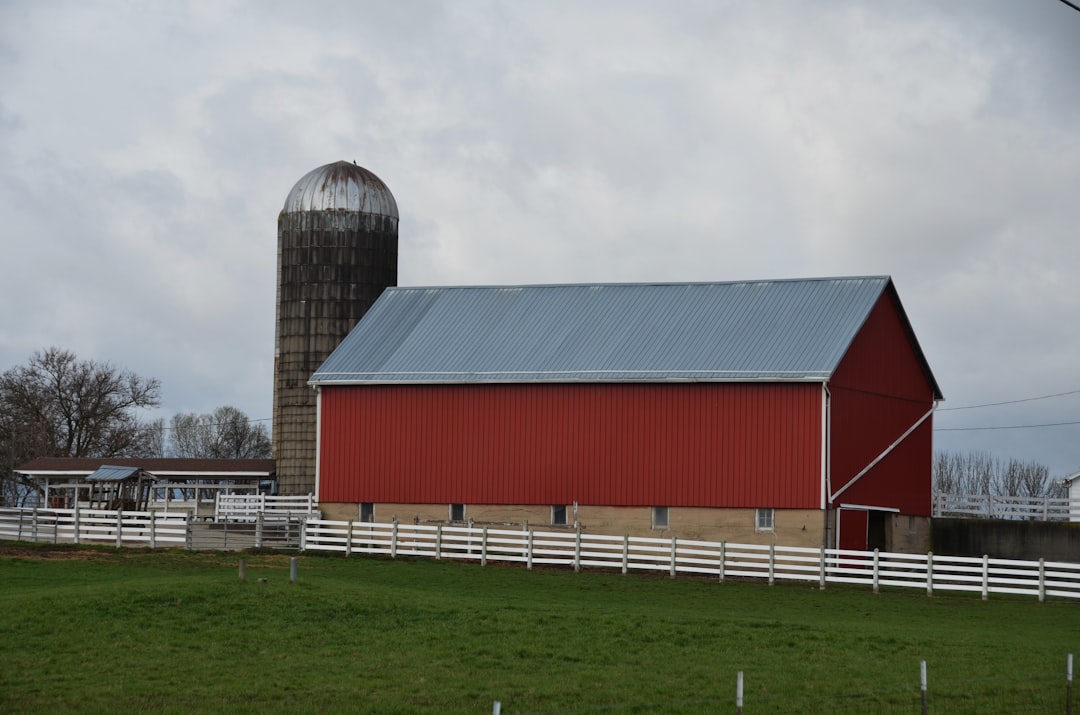
Farm stays come in several cost models: volunteer exchanges often include room and board for a set daily time contribution, paid agritourismo properties charge nightly rates that usually include dinner, and upscale farm resorts can command higher prices while offering full-service dining and guided experiences. As of May 2025, typical paid agritourismo rates in Europe commonly start at modest nightly rates for basic rooms and rise for private suites with meals; volunteer exchanges may offset accommodation costs but expect a daily work commitment. For budgeting, factor in transport to rural locations, possible guide fees for specialized workshops, and seasonal premium pricing during harvest festivals. Consider what you value most: lower cost and immersive work, or convenience and curated culinary programming. Read host policies on cancellation and meal inclusions to avoid surprises, and check whether gratuities or local taxes apply.
Wrapping Up: Plan with Respect and Curiosity

Staying on a working farm turns meals into lessons and routines into memorable travel stories. Whether you choose a Japanese wasabi tour, a Tuscan agriturismo, or a volunteer eco-farm in Costa Rica, the best experiences come from clear expectations and respectful curiosity. Match your timing to seasonal activities, ask hosts specific questions about meals and work, and choose a booking channel that provides transparency about duties and costs. Pack for practical comfort and modest dining, and keep an open mind about the rhythms of rural life. Farm stays offer more than a place to sleep—they connect you to where food comes from and to people who care for the land. If you value learning who grows your food and why they grow it, start by reaching out to reputable hosts, confirm the harvest or workshop schedules, and book early for peak seasons. With planning and a cooperative attitude, a farm-to-table stay becomes a travel experience that feeds your curiosity and expands what you bring home from the trip.








